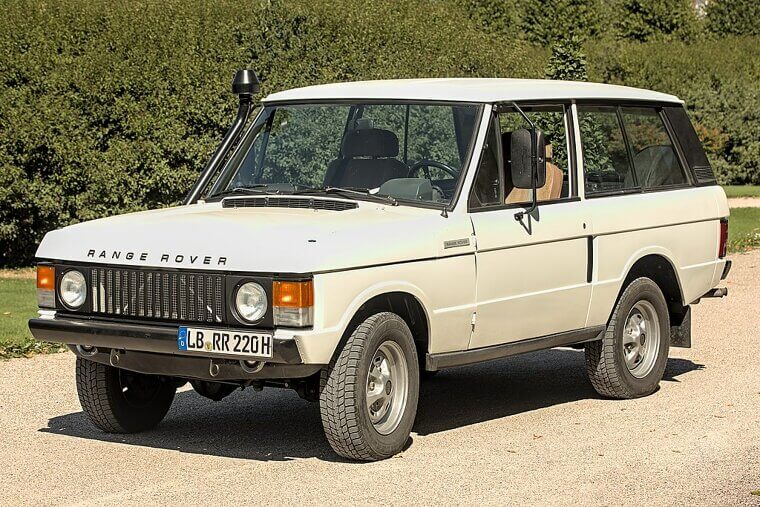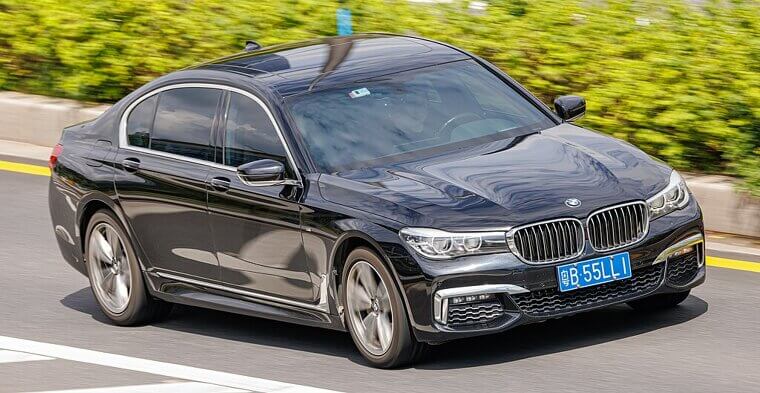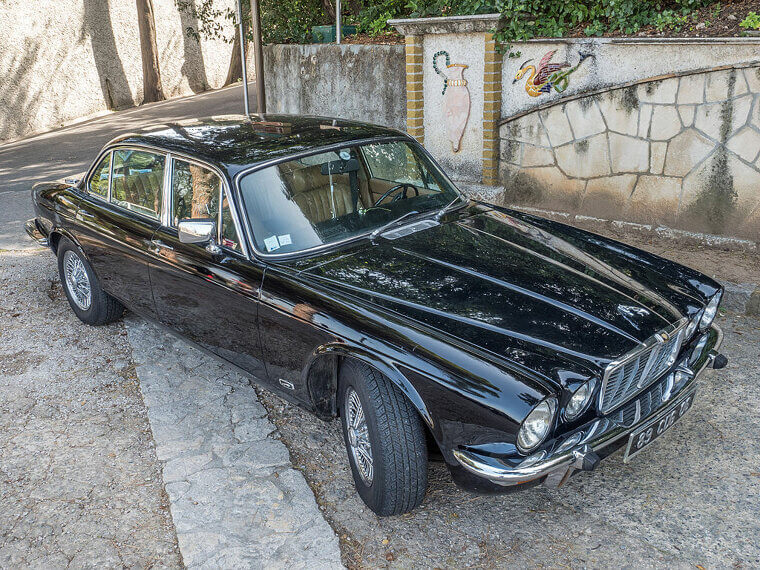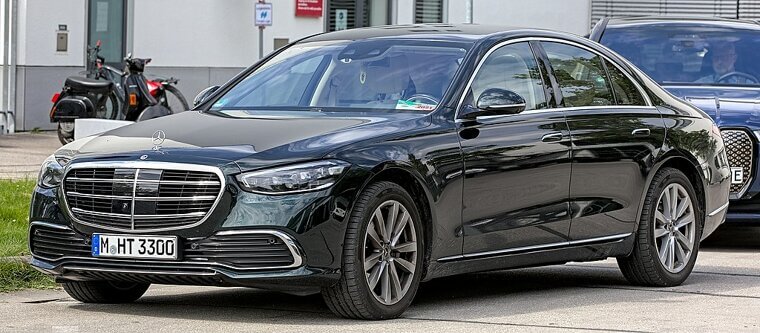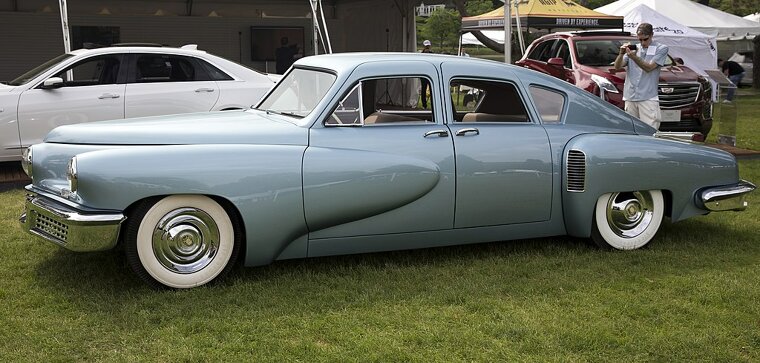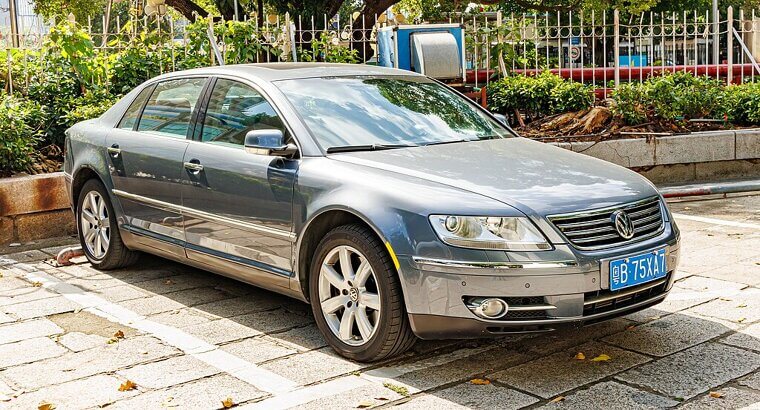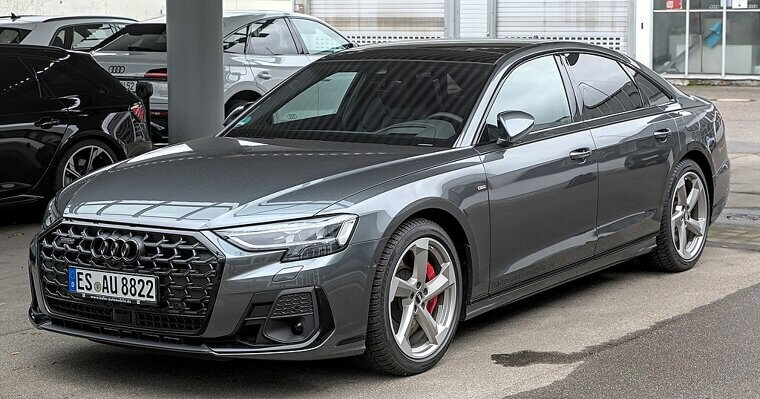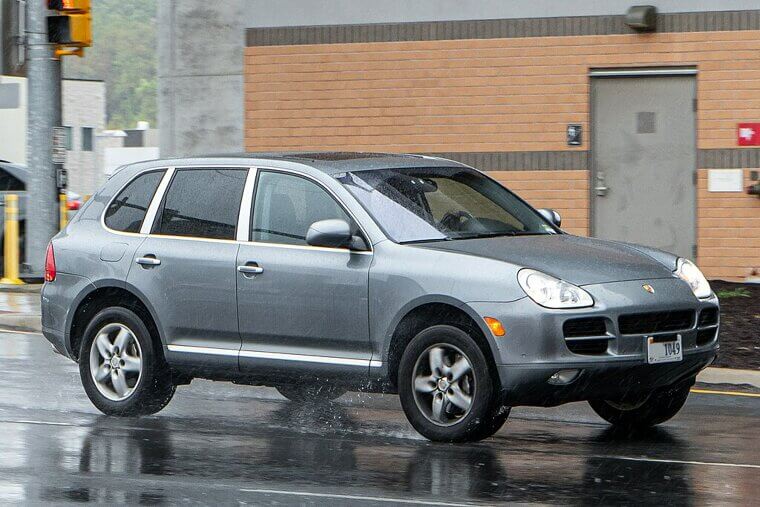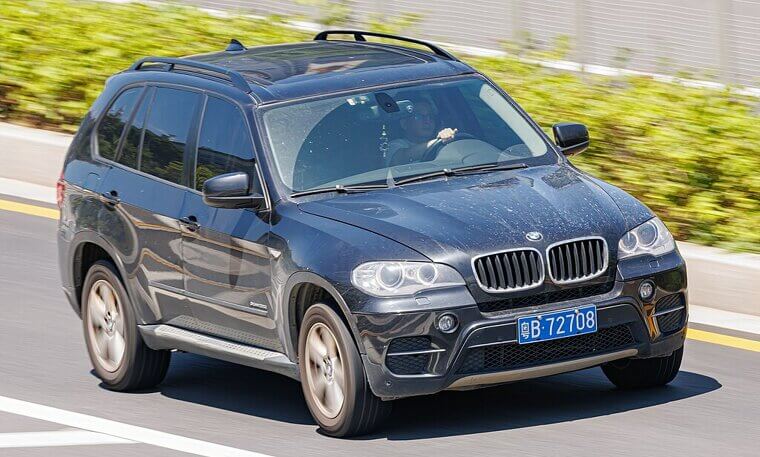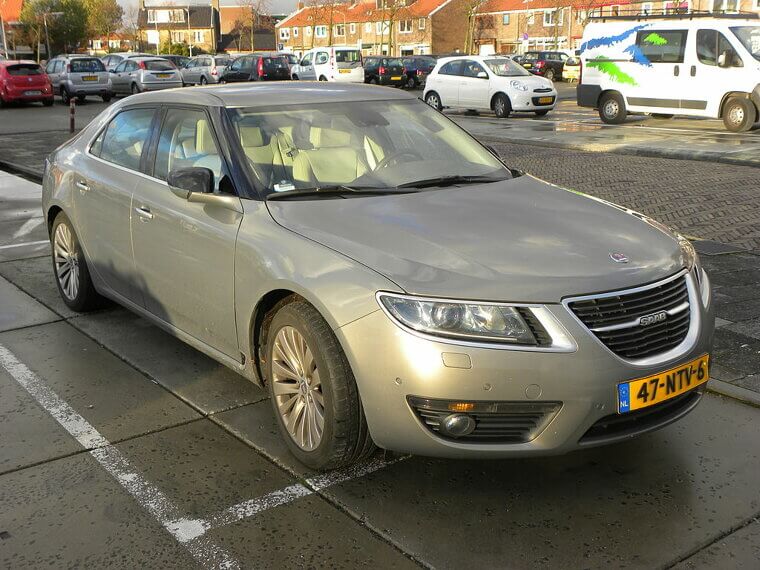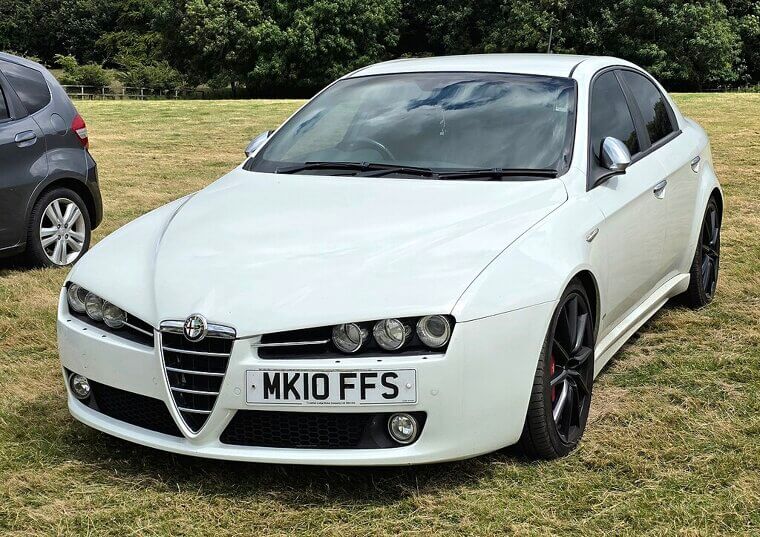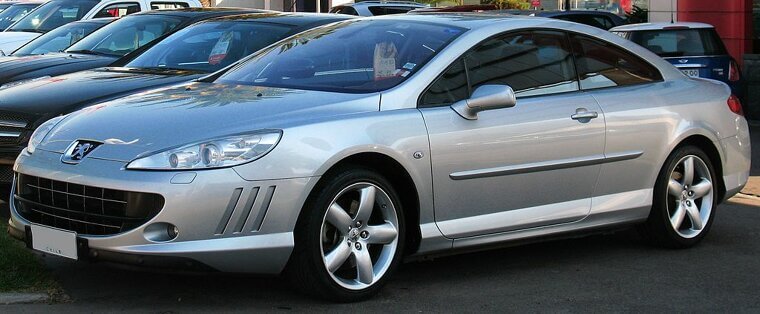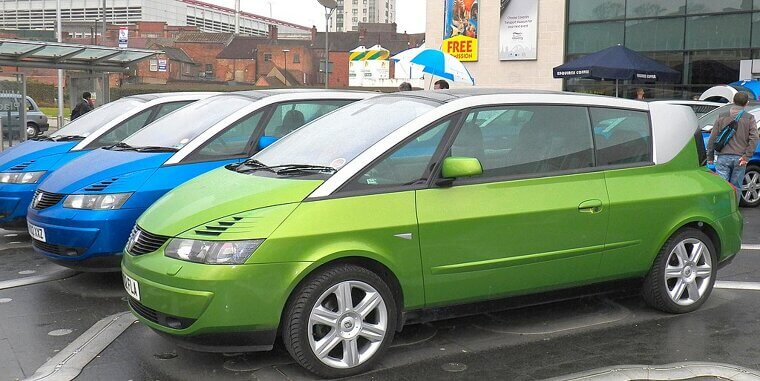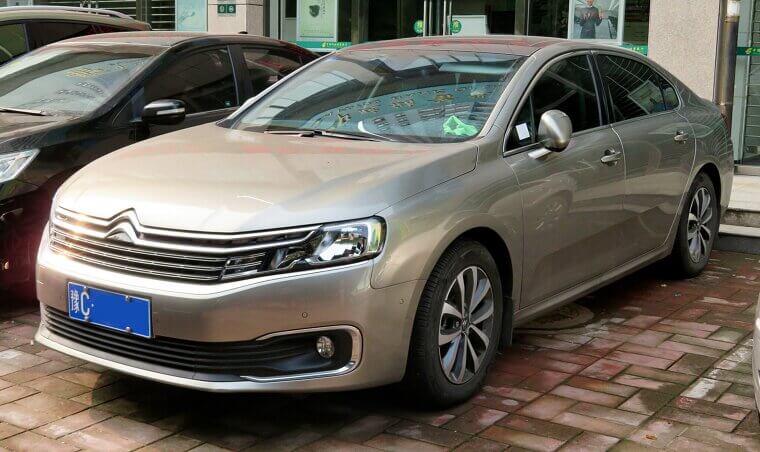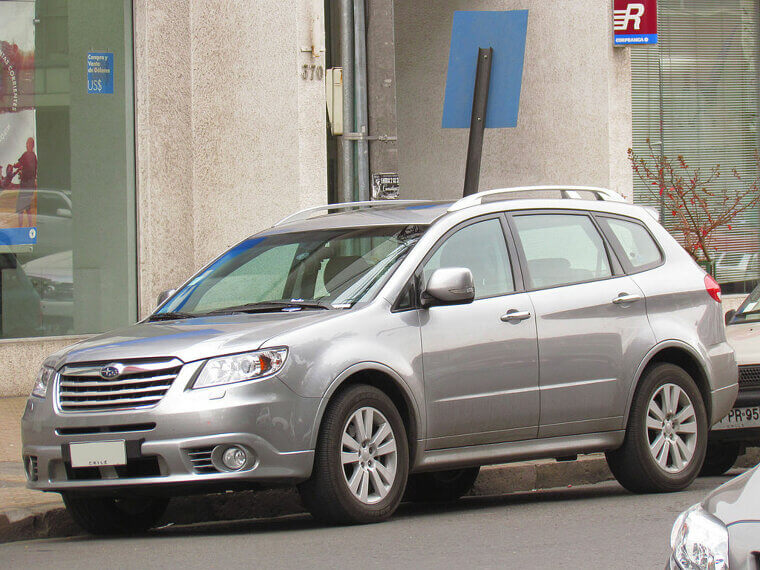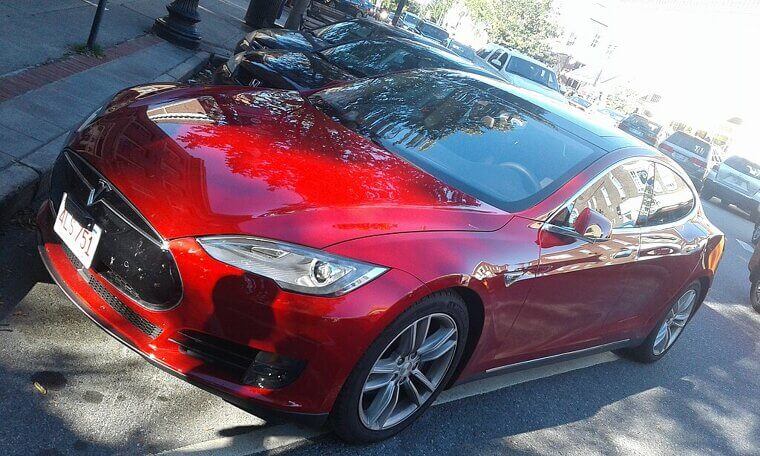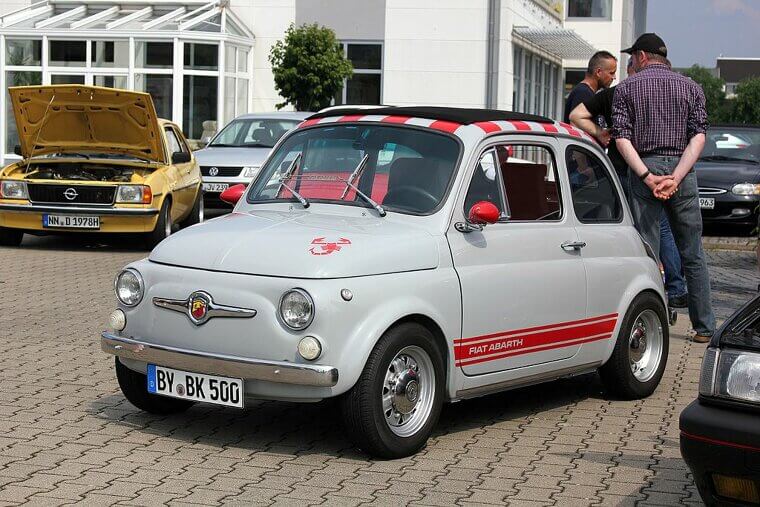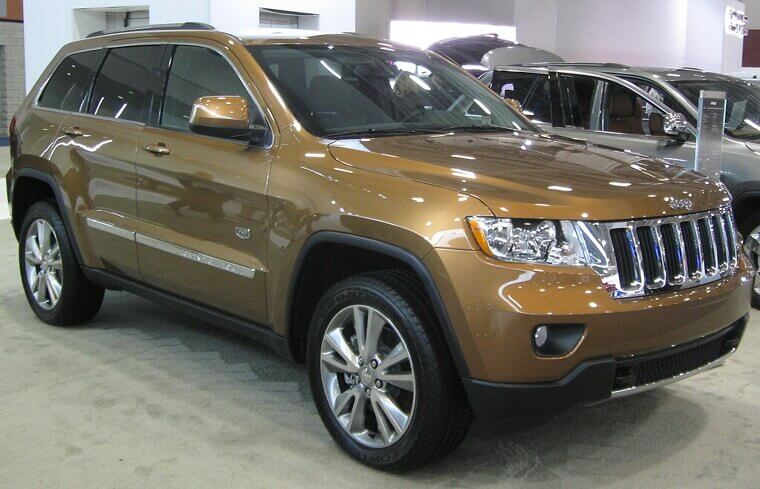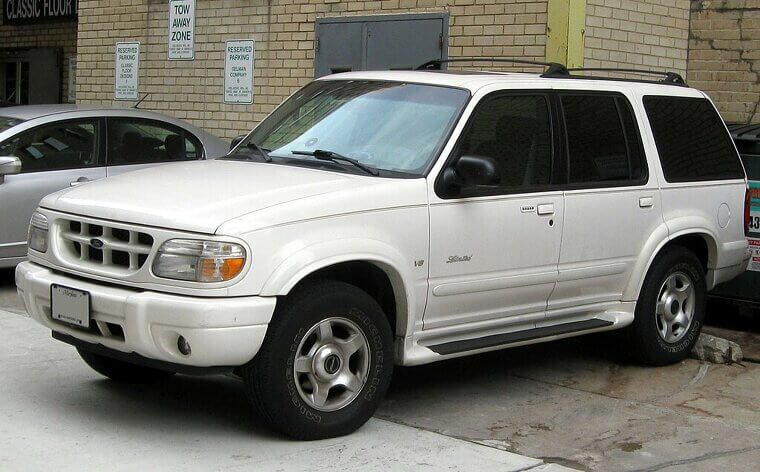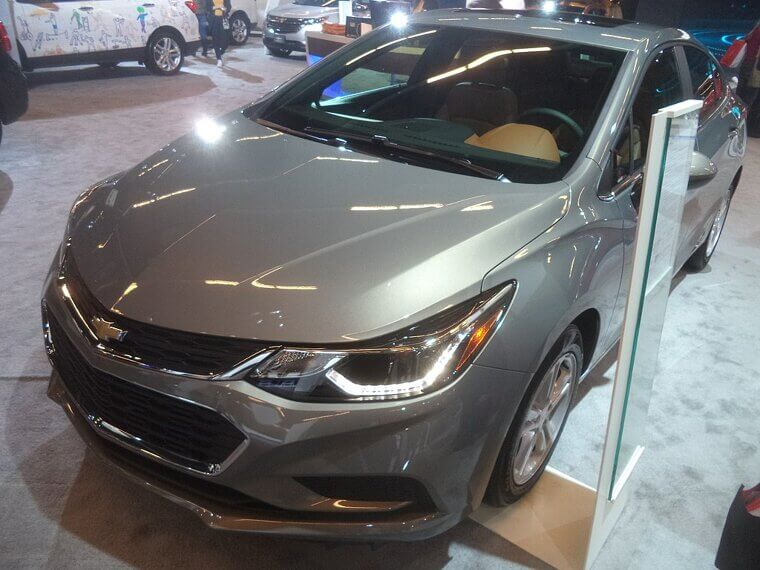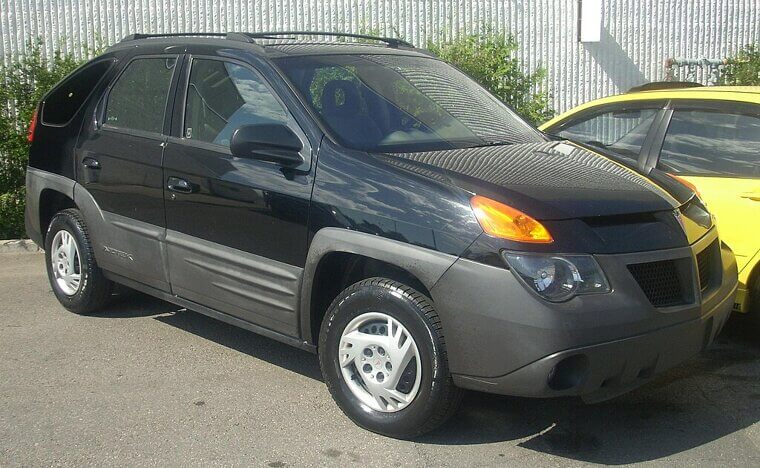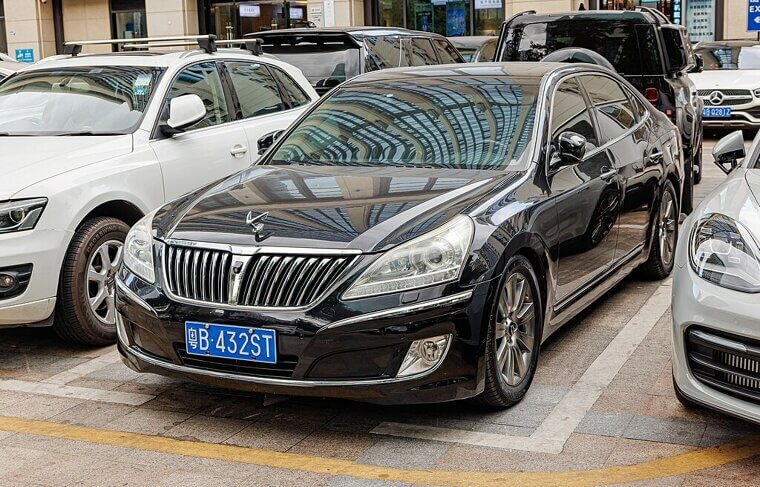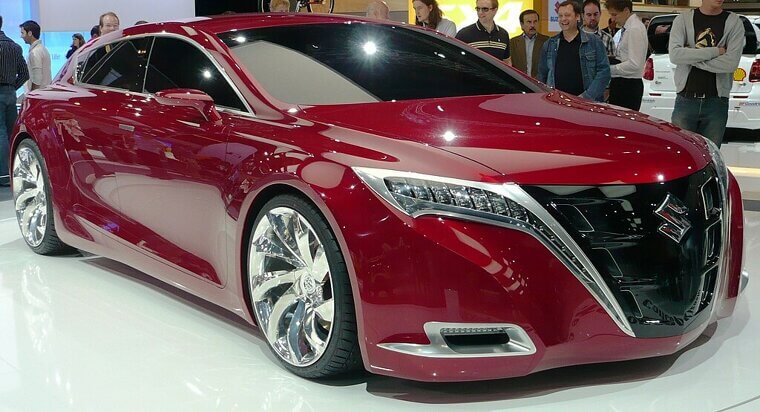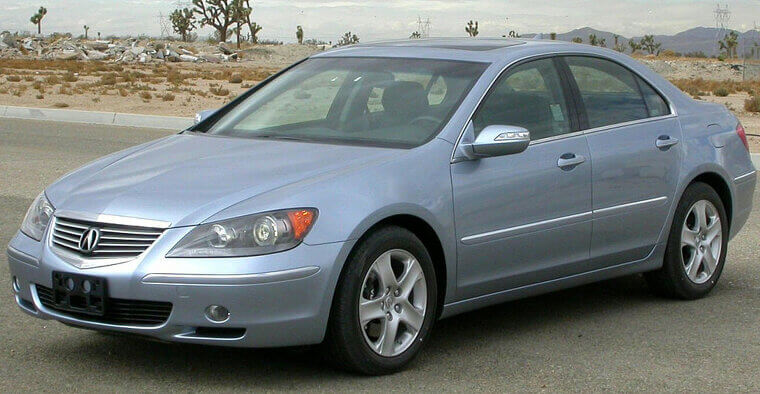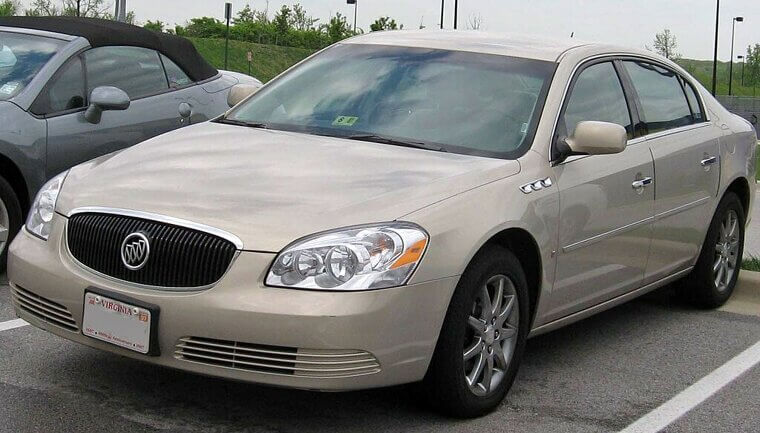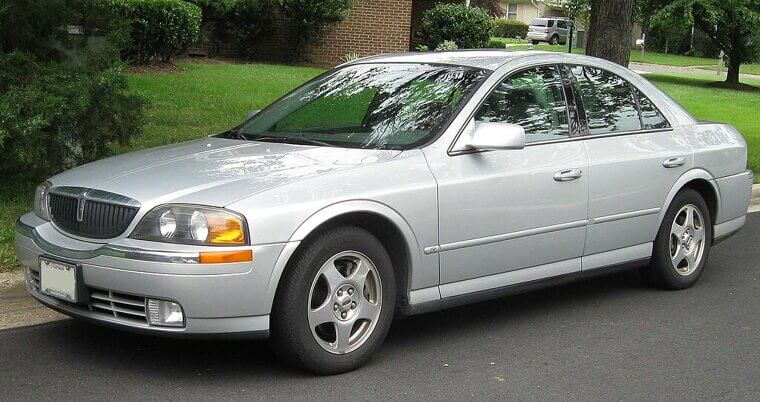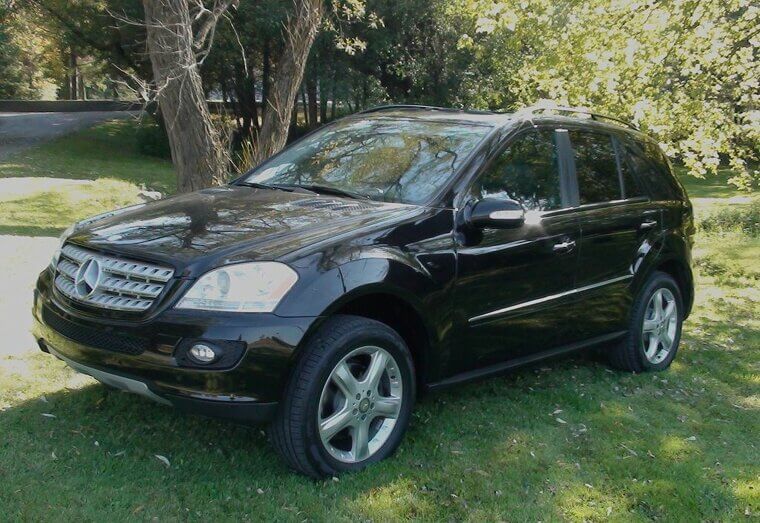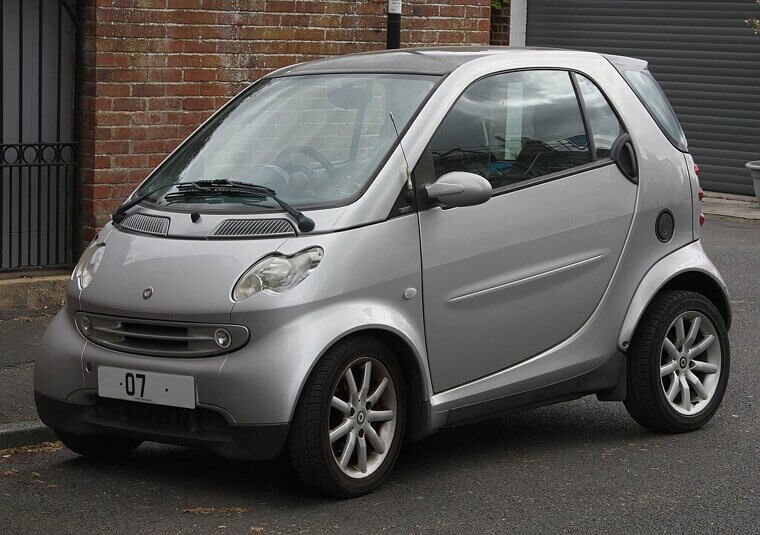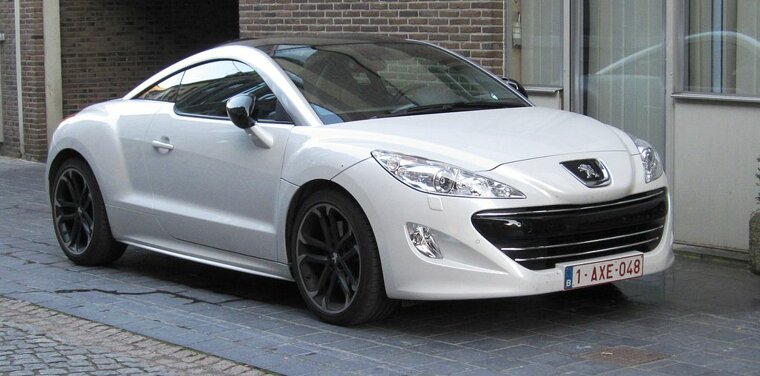Range Rover (Various Models) (1970–present)
Marketed as luxury off-road vehicles, drivers couldn’t wait to get behind the wheel of a Range Rover, but the earlier models suffered from more reliability issues than a wet paper bag and lasted about as long, too. Mechanic bills were sky high.
BMW 7 Series (E65/E66) (2001–2008)
The 7 Series introduced the revolutionary iDrive system, which promised so much and then promptly went wrong at every opportunity. Glitchy electronics, suspension and transmission failures plagued it, and getting all those fixed cost a metaphorical arm and a leg.
Jaguar XJ (X350/X358) (2003–2009)
All sleek and classy jungle cat curves on the outside, on the inside the XJ was a mangy alley cat. Its engine and air suspension problems were like recurring fleas while the complicated electronics were just as fickle - though they came with premium repair bills.
Maserati Quattroporte V (2003–2012)
With a promise of Ferrari-quality performance, the Quattroporte V added massive dealership costs on top due to electrical gremlins and a gearbox that needed frequent replacements. It made owners weep both with joy at the aesthetics and with horror at the expense.
Land Rover Discovery 3 (LR3) (2004–2009)
When you bought a Discovery, the real revelation was how much it would cost you in the long run - and it was an unwelcome one. Off-road, these vehicles didn’t disappoint, but their faulty air suspension, poor electronics and engine failures should have stayed buried.
Mercedes-Benz S-Class (W220) (1998–2005)
While it was supposed to be a luxury Mercedes with cutting edge tech, the S-Class spectacularly overreached. Its “AIRMATIC” air suspension system was particularly prone to failure, but it was also victim to malfunctioning electronics and, perhaps the worst offender, rust! It drained money like fuel.
Cadillac Northstar-Powered Models (1993–2011)
GM’s Northstar V8 engine was a smooth operator on the surface, but it had some nasty undercurrents. It wasn’t just overheating, oil leaks and poor reliability that was the problem (though they were factors); its head gaskets would prematurely blow, necessitating massive - and expensive - engine operations to fix.
Volkswagen Phaeton (2002–2016)
The Phaeton was Volkswagen’s answer to its ultra-luxury competitors. It also shared repairs expenses, and when the Phaeton started breaking down - and it did, with air suspension failures, electrical problems and hard-to-source parts replacements - few owners could foot the bills.
Audi A8 (D3) (2002–2009)
In theory, the A8 was a high-tech marvel with an aluminum body and luxury interior. In practice, it was nightmare fuel for the wallet. Its body repairs alone were an expense, but with repairs to the air suspension, multimedia system and its V8/W12 engine woes, it was bank-draining.
Porsche Cayenne (1st Gen) (2002–2010)
The Cayenne didn’t just bring purists to tears - it made owners weep too, often from their wallets. The early V8 and Turbo models were particularly vulnerable to coolant pipe failures and leaking valve covers, the repairs for which cost premium Porsche prices.
BMW X5 (E53) (1999–2006)
The X5 handled like a dream, but under the hood it was a reliability nightmare! It aged like mayonnaise in the sun and its internal parts would fall to pieces at a hard stare. The cooling system often unexpectedly failed, causing engine problems that put the entire car in jeopardy.
Saab 9-5 (2nd Gen) (2010–2012)
The 9-5 might have saved the collapsing Saab brand had it not been beset with reliability issues. Undoubtedly the biggest (and most expensive) problem was the parts shortages, which hit as soon as it was released. Getting them was tough and having them installed even tougher, making maintenance almost impossible.
Mini Cooper S (R56) (2006–2014)
The Mini Cooper S had personality, but its Prince engine had timing chain tensioner malfunctions that could destroy its entire structure. Even smaller problems such as water pump problems and oil leaks tended to occur after the warranty expired, making maintenance costs much bigger than the car itself.
Volvo XC90 (1st Gen) (2002–2014)
Although the XC90 seemed like a safe family SUV, its GM-built automatic transmission broke for no discernable reason. AWD problems, poor electronics and fragile engine mounts all compounded problems, making repairs not just frequent but complex and costly.
Alfa Romeo 159 (2005–2011)
Like a passionate fly-by-night lover, the 159 was beautiful, stylish and broke your heart when the sun rose. Electrical gremlins, timing chain malfunctions and failing swirl flaps were unexpected surprises and repairs often meant taking the car apart (which cost a pretty penny).
Chrysler Sebring Convertible (1996–2010)
The Sebring convertible looked easy-going and breezy before reality hit, then owners were left with bills from its almost non-existent build quality and interior plastics that curdled like milk. You couldn’t even resell them for a fair price, so it was like a hole in your pockets.
Peugeot 407 Coupe (2004–2010)
If charm patched up maintenance problems, the 407 Coupe would be a winner. But it doesn’t, and it wasn’t. Its tech was fickle and flaky while diesel models fell foul to DFP problems and engine issues. As for sourcing parts outside of Europe? An even greater expense!
Renault Avantime (2001–2003)
The Aventime was more art piece than car; it had a similarly high price tag, and the upkeep constantly rose. Few sold so parts became a rarity, thus replacements were difficult to source. Terrible build quality left it more like an exhibit than an affordable vehicle.
Citroën C6 (2005–2012)
The C6’s futuristic hydropneumatic suspension was great when it worked, but finding mechanics with the know-how to repair it when it didn’t was tough. Add its fickle electronics and injector/EGR problems on the diesel models, and the car was reminiscent of a toddler who’s tantrums cost money.
Subaru Tribeca (2005–2014)
Although the Tribeca was mechanically pretty solid, it had many other upkeep costs that felt like you were slowly leaking cash. Its interior components aged badly, parts availability was questionable and saying it had “fuel economy” was generous.
Tesla Model S (early Builds) (2012–2016)
The Model S was a look into the future - it was fast, sleek and silent, but the early builds were a challenge to drivers’ patience and savings. Touchscreens died, door handles jammed and drivetrain replacements struck, and that’s not counting the expensive battery problems. Apparently, the future was bankruptcy.
Fiat 500 Abarth (2008–2019)
It was hard not to fall for the characterful Abarth and its super fun driving experience, but it did its best to make you regret it. It was riddled with oil leaks, faulty electronics and overheating problems, while the build quality was cheap and cheerful (unlike the repairs).
Jeep Grand Cherokee (WK2 Diesel) (2011–2021)
It provided torque and muscle in spades, but the Grand Cherokee’s 3.0L EcoDiesel engine was part of a diesel emissions scandaling similar to VW’s own. However, its expensive repairs also included air suspension failures, transmission cutting and problems with the turbo... to name just a few.
Ford Explorer (early EcoBoost) (2011–2015)
The EcoBoost engine was a brave move, but felt more like a testbed than an actual vehicle. Engines overheated, turning into devastating head gasket failures, and it was prone to internal coolant leaks and turbo issues. Trips to the mechanic were like irresistible siren calls.
Chevrolet Cruze Diesel (2014–2017)
The Cruze Diesel was supposed to challenge VW’s TDI models, but it was a big disappointment. The 2.0L diesel engine sounded good, yet complex emissions problems clouded it, resulting in clogs and failures. Finding a mechanic who could fix it made matters even worse.
Pontiac Aztek (2000–2005)
The infamously ugly Aztek had practical applications that were sadly thwarted by its unreliable minivan platform. HVAC problems, electrical issues and a badly aging trim caused its depreciation to drop like a stone; it has a cult following now, but early buyers paid the price. Literally.
Infiniti QX56 (2004–2013)
Created to match big names in the luxury SUV ring, the QX56 took its swing and tripped over itself. Its meaty V8 was prone to overheating, and it was beset with transmission failures, air suspension faults and even brake booster problems.
Hyundai Equus (1999–2016)
Hyundai set its sights on the high-luxury league with the Equus, and on first appearances, they nailed it. However, it erupted in various problems under the hood, and sourcing replacement parts for its air suspension from Korea added to the cost - assuming you even found a mechanic who could fix it!
Suzuki Kizashi (2009–2014)
Despite its inclusion here, the Kisashi was an impressive vehicle with AWD and sharp handling. It was also Suzuki’s swan song in the U.S., so when the support dried up, parts availability plummeted and looking for replacements became similar to a quest for the holy grail.
Acura RL (2nd Gen) (2005–2012)
Without a V8 or rear-wheel drive, the RL failed to offer features vital in its class. Sales plummeted, and repair bills rose - especially for its seal modules and navigation screens, which gave up the ghost just after the warranty expired. Resale values tanked, while repair costs remained sky high.
Buick Lucerne (Northstar Version) (2006–2011)
The Lucerne might have captured more hearts eager for old-school luxury if it had a more fitting engine than the Northstar. Sadly, its infamy for self-destruction preceded it and nothing was fixed for its return, leaving owners drowning in debt from trying to keep the engine alive.
Lincoln LS (2000–2006)
The Lincoln’s return to the sports luxury genre hit home in terms of style and drive feel, but cost-cutting and overengineering took their toll. The cooling system, coiling packs, dash and transmission all shouted complaints with loud and costly voices.
Mercedes-Benz ML320 CDI (2005–2011)
In an attempt to create a luxury SUV, Mercedes-Benz released the ML320 CDI, which promised the world and delivered repair bills that hemorrhaged bank accounts. Diesel emissions were a horror story; the diesel particulate filter (DPF), EGR valves, and turbochargers dying early, possibly with embarrassment.
Smart ForTwo (2nd Gen) (2007–2014)
If you wanted a car for tight city parking, the ForTwo was it… and that was about all. The single-clutch automated transmission shifted on its own, its parts wore quickly and finding a mechanic who could fix it made your wallet cry.
Peugeot RCZ (2009–2015)
There’s no doubt the RCZ was beautiful, yet its turbocharged engine was a pitfall of problems from timing chain issues to oil consumption and even complete failure. Repair bills stacked like a Jenga game made of gold ingots.

